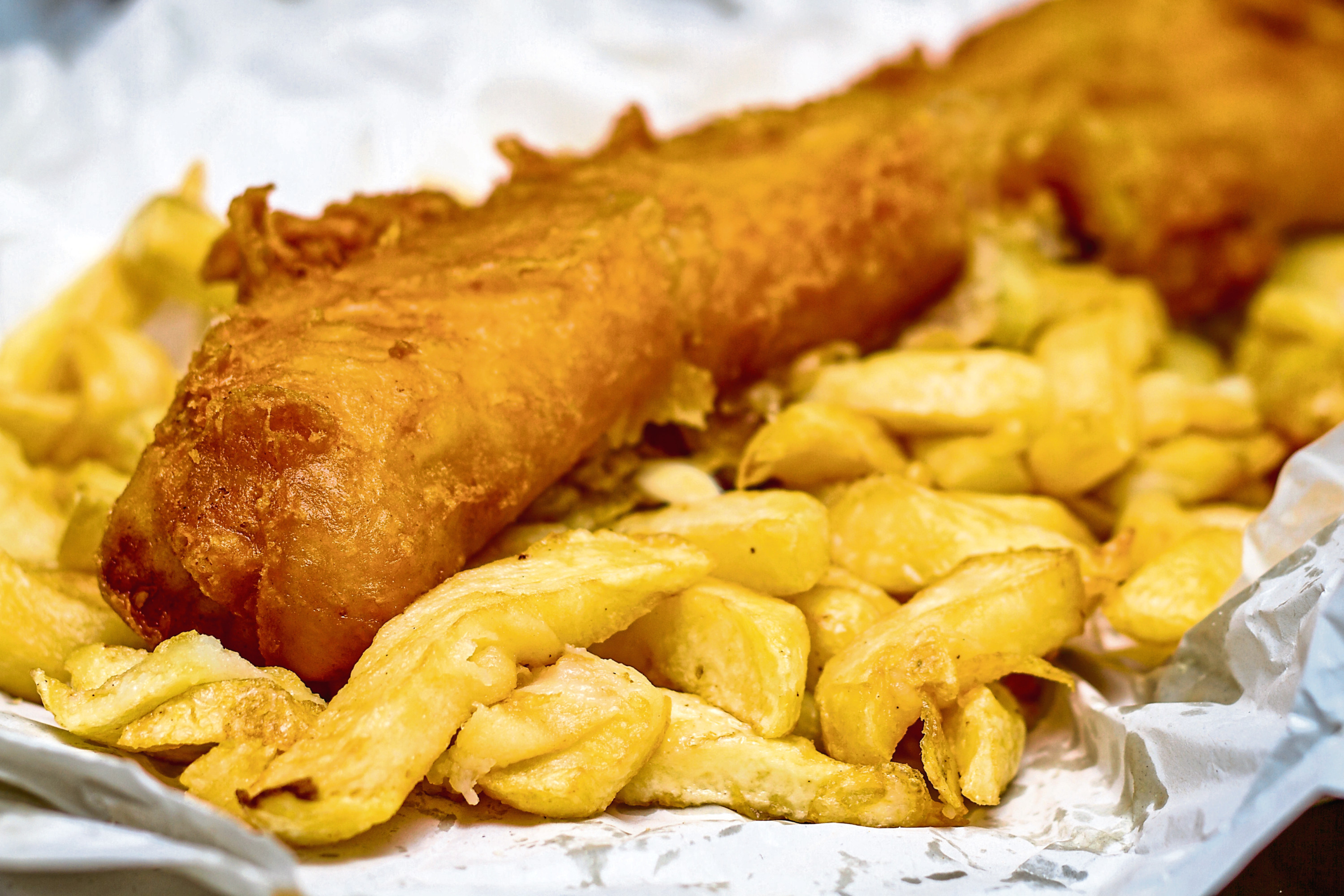
SMALLER portions of takeaway fish and chips have been embraced by restaurant owners and can satisfy the demands of customers, research has suggested.
Experts led by Newcastle University have worked alongside Henry Colbeck, which supplies to more than 2,500 fish and chip shops in the north of England and Scotland, in a bid to see whether takeaway owners could see the benefits of shrinking meal sizes.
The supplier then devised the “Lite-BITE” box, a container with the dimensions to fit smaller-portion meals that are believed to come close to around 600 calories – within the Government’s nutritional guidelines.
A spokeswoman for Henry Colbeck explained how the boxes are now used in more than 250 fish and chip shops, prompting sales of more than 700,000 boxes in the last year.
By reviewing sales and conducting customer surveys and interviews at 12 participating fish and chip shops in 2016, researchers also found that customers were satisfied with smaller-than-usual portions, such as those supplied in the Lite-BITE box.
A total of 46 people filled in questionnaires about their experience, of which 20 per cent said they had purchased the smaller-portion meals instead of the larger portions, with 46 per cent of those who had not chosen the smaller portions saying they would be interested in trying them in future.
As part of the study, participating takeaway owners were given a three-hour session highlighting the issues associated with excessive meal sizes, as well as customers’ desire to be more health conscious.
They were also encouraged to use box packaging to control portions, and to actively promote smaller meals.
Louis Goffe, the report’s lead author and a research associate for Newcastle University, said: “I love fish and chips and this research aims to find a way that we can have our fish and chip treat – but less of it.
“We focussed on coming up with a solution which provides a healthier meal option but equally importantly works for the fish and chip shop owners.
“The sales show that there is a demand for smaller portion meals and we hope this will act as a template for others in the fast-food sector to follow.”
The findings, published on Thursday in BMJ Open by researchers from Fuse – The Centre for Translational Research involving Newcastle, Durham and Cambridge Universities – explain how the success of the Lite-BITE boxes reflects the “longer-term viability” of portion control.
Mr Goffe added: “Public health teams have found it difficult to engage with takeaway owners, but we discovered that wholesale suppliers in fish and chip shops are trusted by owners, and offer a way to influence portion size.
“We found that owners and customers welcomed the scheme, demonstrating that it is feasible to work collaboratively with industry in this sector to promote healthier takeaway food.”
The report added that further work is needed to be done to identify other areas of the takeaway sector that could be positively influenced by this approach.
David Pascoe, director and co-owner of Green Lane Fisheries in South Shields, said: “The LiteBITE box has been really popular, especially with older customers.
“A lot of customers don’t like a full portion so we can put a smaller one in the box and it’s really flexible.
“Some people can’t eat a full portion or prefer a smaller one – and we’ve found they like the smaller size and then come back another time.”

Enjoy the convenience of having The Sunday Post delivered as a digital ePaper straight to your smartphone, tablet or computer.
Subscribe for only £5.49 a month and enjoy all the benefits of the printed paper as a digital replica.
Subscribe